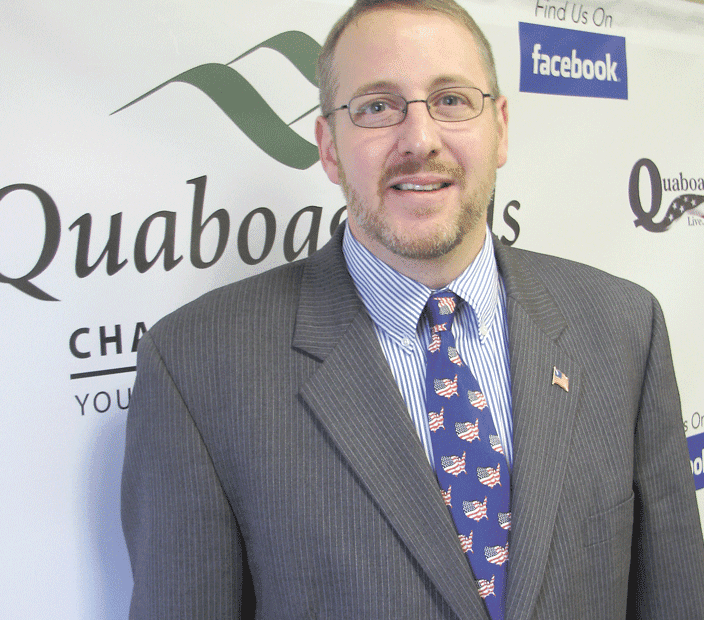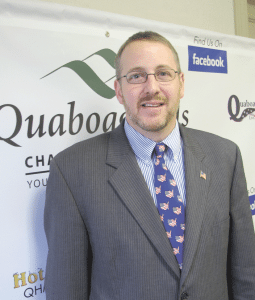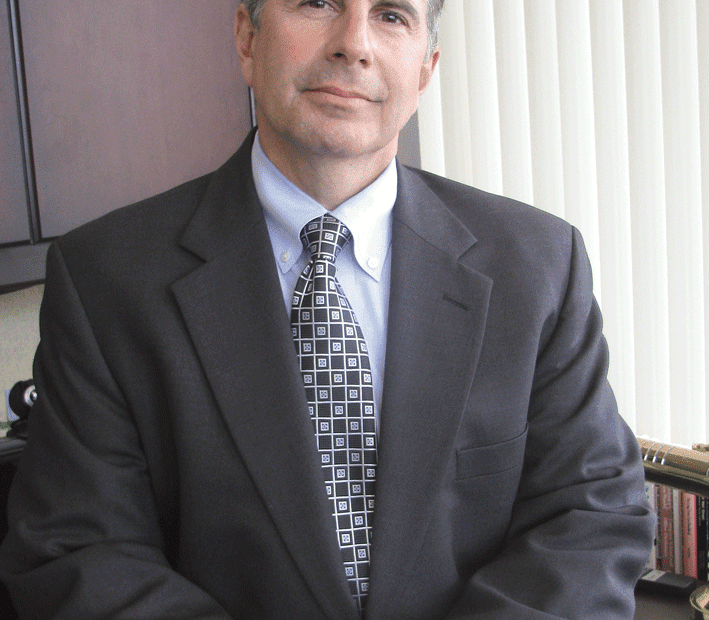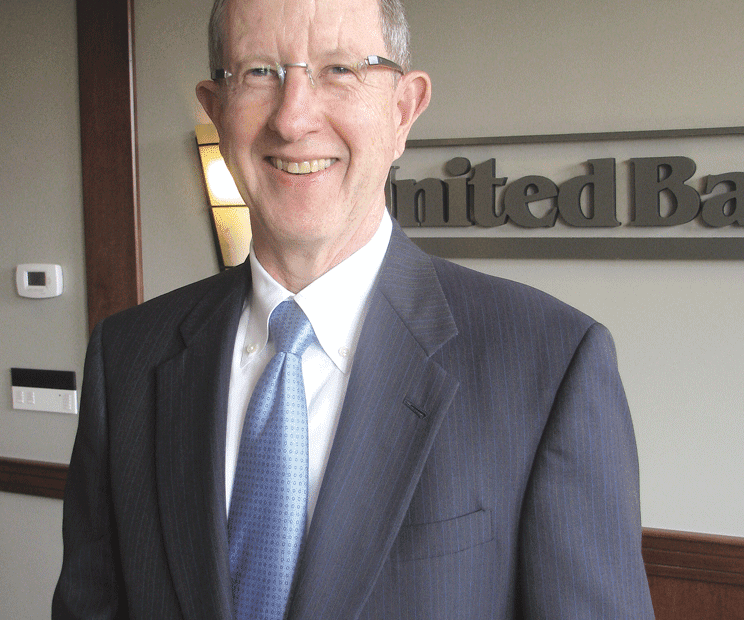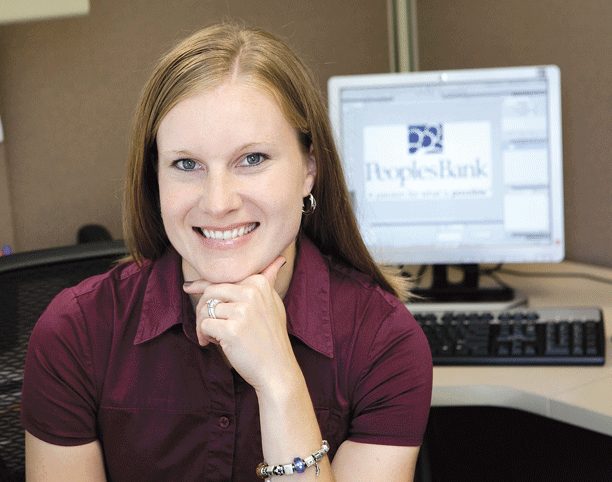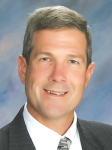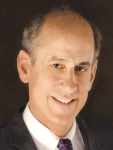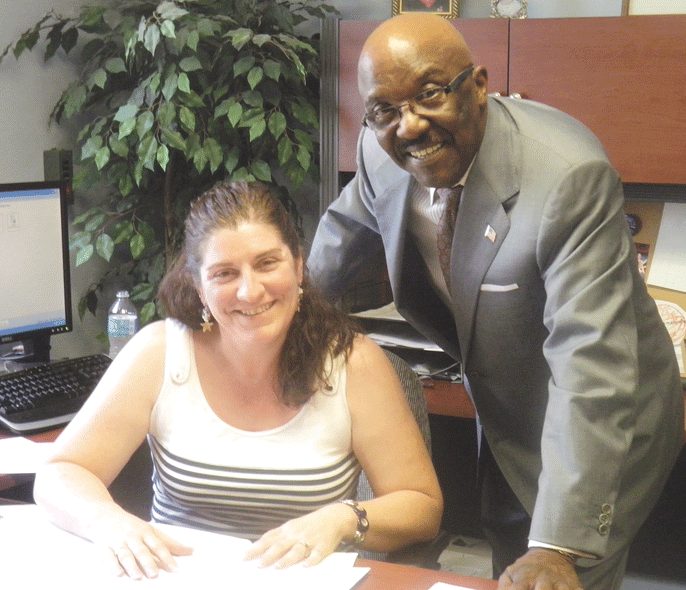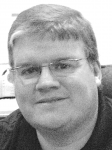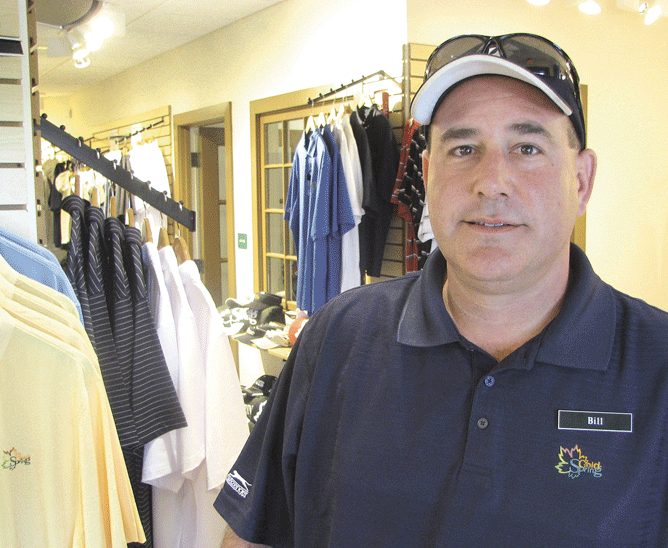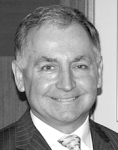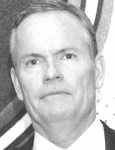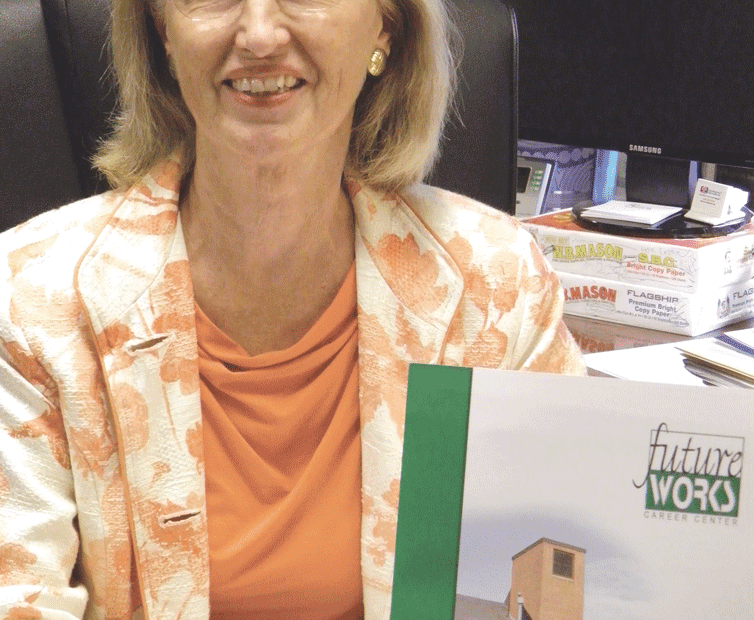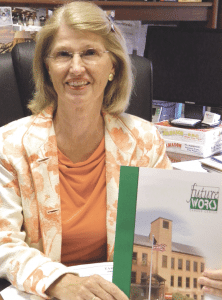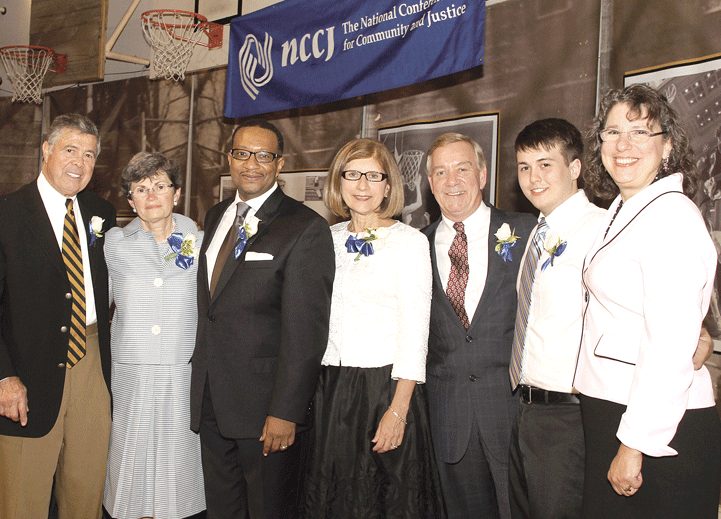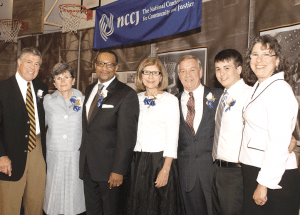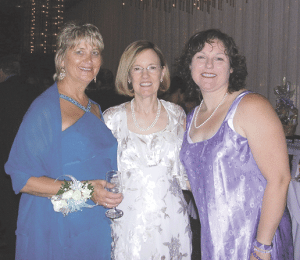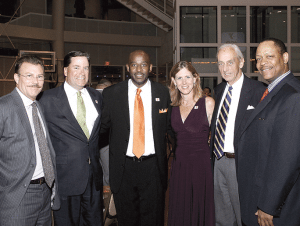The following Business Certificates and Trade Names were issued or renewed during the month of June 2012.
AGAWAM
Ad-Venture
10 Castle Hill Road
Jay Berger
Barry Rothenberg
335 Walnut St.
Barry Rothenberg
Deveno Landscaping
577 Springfield St.
David Deveno
K. Kudlic Trucking Inc.
491 Springfield St.
Kristen Kudlic
The Sand Trap
1399 Suffield St.
Kristine Mele
Vella Limousine
511 Springfield St.
Richard Vella
CHICOPEE
Sonic Value Transportation
129 Exchange St.
Ali O. Koseoglu
Total Exterior Services
218 Pondview Dr.
Lisa A. DelMonte
Yankee Auto Sales
162 Chicopee St.
Russell R. Foisy
EASTHAMPTON
Artisan Builders & Craftsmen
19 Plain St.
Aaron Scott
Mamadou Group Painting & Decoration
13 Arlington St.
Mamadou Diedhiou
Mountain View Antiques & Collectibles
51 Holyoke St.
James P. Delnero
Omni Ohana Media and Design
14 Playa Ave.
Sara H. Gomes
The House Doctor
29 Ward Ave.
Chris S. Black
HOLYOKE
B & C Cleaning Services
12 Evergreen Dr.
Brent Lavigne
Contemporary Auto Sales
63 Shawmut Ave.
Stephen Stathis
Flamingo
319 High St.
Sinung Yi
Kentucky Fried Chicken
2241 Northampton St.
Michael Houston
Tony’s Radiator Shop
84 North Bridge St.
Alan Barthelette
VK Restoration
92 Race St.
Vitek Kruta
LUDLOW
Alegria Dance & Fitness
658 Center St.
Debra Nunes
Jeffrey’s Suit Rack
287 East St.
Jeffrey Clemons Sr.
Lavoie Development Corporation
733 Chapin St.
David Lavoie
NX2 LLC
656 Center St.
Armando Nunes
NORTHAMPTON
DeLong Construction LLC
76 Bancroft Road
Edmund Lennihan
Hampshire Sheriff’s Office
205 Rocky Hill Road
Robert Garvey
Pine Street Publishing
10 Pine St.
Fred Contrada
Red Thunder Audio
20 Highland Ave.
Ezra Teboul
Retro Service
26 Strong Ave.
Jeanne Mulvey
Valley Green Feast
PO Box 632
Maggie Shar
Yankee Mattress Factory Inc.
104 Damon Road
Joseph Noblit
SPRINGFIELD
Metro Chrysler Jeep Dodge
484 Boston Road
Metro Auto Sales
Omega Provision
21 Garvey Dr.
Jose E. Hernandez
Organic Apparel
122 Mooreland St.
Yazmarie Quinones
Paula’s Porch Catering
207 Nottingham St.
Vivian L. Hatwood
Proex Physical Therapy
1150 Hall of Fame Ave.
Michael J. Mulrenan
Torres Painting
37 Castle St.
Juan Torres
Valley Automotive Inc.
160 Taylor St.
John Lizak
Your Way Catering
156 Chalmers St.
Bernard J. Carriere
Youth Urban Multimedia
1809 Roosevelt Ave.
Tammy Sharif
WESTFIELD
Egerton Home Improvements
44 Prospect St.
Ethan Egerton
Spring Hill Properties LLC
246 Russellville Road
Wayne Cowles
WEST SPRINGFIELD
Affordable Home Improvement
533 Elm St.
Pavel Pauasyuk
Cleaning Connection
76 Elmwood Ave.
Nathan Grenon
Great Plains Transportation
92 Great Plains Road
Dennis Koshechko
I Home Installations LLC
33 Angeline St.
Ray Auger
La-Prestiges Salon and Spa
533 Union St.
Yelena Ivanov
MCL Mechanical Services Inc.
26 Kelso Ave.
Marc C. Lichwan
TD Bank
969 Riverdale St.
TD Bank
Westside Check Cashing
205 Elm St.
JMT Check Cashing Inc.
BANKRUPTCIES
The following bankruptcy petitions were recently filed in U.S. Bankruptcy Court. Readers should confirm all information with the court.
Arcand, Deborah L.
88 Whittier St.
Springfield, MA 01108
Chapter: 7
Filing Date: 06/06/12
Bacigalupo, Richard J.
Bacigalupo, Elsa M.
324 Spring St.
Athol, MA 01331
Chapter: 13
Filing Date: 05/31/12
Belcher, Valadia C.
18 Vassar St.
Springfield, MA 01109
Chapter: 7
Filing Date: 06/06/12
Bergeron, Beverly A.
1583 Riverdale St.
West Springfield, MA 01089
Chapter: 7
Filing Date: 06/06/12
Berkshire Yard Works
Dolan, Nicholas B.
Dolan, Neesha M.
a/k/a Cole, Neesha M.
2326 Jacobs Ladder Road
Becket, MA 01223
Chapter: 7
Filing Date: 06/11/12
Bernat, Maureen
PO Box 366
Bondsville, MA 01009
Chapter: 7
Filing Date: 05/31/12
Bickel, Floyd Norman
45 Lake Ave.
Orange, MA 01364
Chapter: 13
Filing Date: 06/11/12
Bonafila, Laurie A.
95 Corey Road
Springfield, MA 01128
Chapter: 7
Filing Date: 05/31/12
Brea, Juan O.
P.O. Box 6225
Springfield, MA 01101
Chapter: 7
Filing Date: 06/15/12
Broughton, Christopher D.
15 Lawndale St.
Springfield, MA 01108
Chapter: 7
Filing Date: 06/11/12
Caliendo, Erika
198 Leland Road
Becket, MA 01223
Chapter: 7
Filing Date: 06/11/12
Canning, Clay K.
Canning, Kimberly J.
203 Pheland Ave.
Springfield, MA 01109
Chapter: 7
Filing Date: 06/12/12
Carter, Edward Charles
60 Jeanne Marie St.
Springfield, MA 01129
Chapter: 7
Filing Date: 06/02/12
Casamento, Deana M.
183 Parkedge Dr.
Feeding Hills, MA 01030
Chapter: 7
Filing Date: 06/13/12
Chartier, Kathleen H.
29 Chartier Dr.
Chicopee, MA 01020
Chapter: 7
Filing Date: 06/12/12
Chateauneuf, Jeffrey P.
Chateauneuf, Sheila M.
84 Cherryvale St.
Chicopee, MA 01020
Chapter: 13
Filing Date: 06/08/12
Consolati, Christopher M.
25 Putnam Ave.
Pittsfield, MA 01201
Chapter: 7
Filing Date: 06/08/12
Corbett, Terras I.
837 Partridgeville Road
Athol, MA 01331
Chapter: 7
Filing Date: 05/31/12
Davidson, Theodore Z.
Davidson, Susan M.
P.O. Box 45
Goshen, MA 01032
Chapter: 7
Filing Date: 06/06/12
Dellea, Janet L.
2 Crossway St.
Lee, MA 01238
Chapter: 7
Filing Date: 06/05/12
Dunbar, Charles Thomas
25 Hartford St.
Chicopee, MA 01020
Chapter: 13
Filing Date: 06/11/12
Ewing, JR
P.O. Box 872
Chicopee, MA 01014
Chapter: 7
Filing Date: 06/06/12
Fellows, William C.
Fellows, Joy A.
22 Fowler St.
Westfield, MA 01085
Chapter: 7
Filing Date: 05/31/12
Figueroa, Samuel
8 Meadowbrook Lane
Palmer, MA 01069
Chapter: 7
Filing Date: 06/15/12
Flanagan, Michael J.
Flanagan, Miranda
13 Dexter St., Apt. 2
Holyoke, MA 01040
Chapter: 7
Filing Date: 06/15/12
Flap Jack Willie’s Restaurant
Holmberg, William G.
P.O. Box 764
Warren, MA 01083
Chapter: 7
Filing Date: 06/02/12
From Hair On
Rosazza, Elizabeth Ann
P.O. Box 203
Granby, MA 01033
Chapter: 7
Filing Date: 05/31/12
Gardner, Sandra M.
a/k/a Madden, Sandra M.
193 Elberon Ave., Apt. 4G
Pittsfield, MA 01201
Chapter: 7
Filing Date: 06/11/12
Gutierrez, Luis E.
Gutierrez, Maria E.
201 Locust St.
Holyoke, MA 01040
Chapter: 7
Filing Date: 06/06/12
Hebert, Donald P.
Hebert, Joan L.
120 Glendale Circle
Ware, MA 01082
Chapter: 7
Filing Date: 06/05/12
Henriques, Marino
525 Chicopee St.
Chicopee, MA 01013
Chapter: 7
Filing Date: 06/06/12
Hess, John P.
Hess, Susan E.
91 Deepfield Road
Springfield, MA 01118
Chapter: 7
Filing Date: 06/12/12
Hills, Beverly D.
a/k/a Schwartz, Beverly D.
49B Crown St.
Westfield, MA 01085
Chapter: 7
Filing Date: 06/12/12
Imme, Nicole M.
845 Wilbraham Road
Springfield, MA 01109
Chapter: 7
Filing Date: 05/31/12
Jones, Richard A.
224 Berkshire Ave.
Springfield, MA 01109
Chapter: 13
Filing Date: 06/04/12
Kasperek, Christopher Paul
Kasperek, Karen Marie
306 Barry St.
Feeding Hills, MA 01030
Chapter: 13
Filing Date: 06/04/12
Knas, Matt J.
Knas, Teresa
202 Parker St.
East Longmeadow, MA 01028
Chapter: 13
Filing Date: 06/11/12
Kowach, Lou Ellen
10 Paula Ave.
Pittsfield, MA 01201
Chapter: 7
Filing Date: 05/31/12
LaClair, Jeremy Adam
71 Lakeview St.
Southwick, MA 01077
Chapter: 13
Filing Date: 06/04/12
Lafleur, Debra Jean
25 Kendall St.
Chicopee, MA 01020
Chapter: 7
Filing Date: 06/14/12
Lake, Kimberly Y.
88 King Arthur Dr.
Becket, MA 01223
Chapter: 7
Filing Date: 05/31/12
Lane, Heather S.
42 Tilda Hill Road
Florida, MA 01247
Chapter: 7
Filing Date: 06/12/12
Lange, Stephen R.
PO Box 73
South Barre, MA 01074
Chapter: 7
Filing Date: 06/13/12
Laplante, Carole M.
a/k/a Stone, Carole M.
a/k/a Dauplaise, Carole
54 Stimson St.
Palmer, MA 01069
Chapter: 7
Filing Date: 06/11/12
Lasky, Paul L.
P.O. Box 837
Great Barrington, MA 01230
Chapter: 7
Filing Date: 06/06/12
Lenox, Dianne M.
127 Vadnais St.
Chicopee, MA 01020-3026
Chapter: 7
Filing Date: 06/01/12
Leon, Maria C.
a/k/a Leon, Maria Del Carmen
6 Lionel Benoit Road
Springfield, MA 01109
Chapter: 7
Filing Date: 06/08/12
Lessard, Eileen M.
168 Groveland St.
Springfield, MA 01108
Chapter: 7
Filing Date: 06/05/12
Liverseidge, Mary
2 Sutton Place #10
Agawam, MA 01001
Chapter: 7
Filing Date: 05/31/12
Lockett, Dessie R.
30 Marshall St.
Springfield, MA 01109
Chapter: 7
Filing Date: 06/13/12
Lucien, Jean W.
Lucien, Guilene
53 Sherbrooke St.
Springfield, MA 01104
Chapter: 7
Filing Date: 06/11/12
Lussier Plumbing
Lussier, Richard Leon
Lussier, Beverly Jean
1 Marlboro Road
Holyoke, MA 01040
Chapter: 7
Filing Date: 05/31/12
Maclachlan, Tracy Dawn
101 Sylvester St.
Springfield, MA 01109
Chapter: 7
Filing Date: 06/02/12
MacNeal, Karen L.
25 Thomas St., Apt. 21
Westfield, MA 01085
Chapter: 7
Filing Date: 06/06/12
Majka, Daniel E.
Majka, Danielle M.
93 South Maple St.
Westfield, MA 01085
Chapter: 7
Filing Date: 06/15/12
Marte, Josefina
130 Hastings St.
Springfield, MA 01104
Chapter: 7
Filing Date: 06/06/12
Matney, Donna M.
PO Box 317
Warren, MA 01083
Chapter: 7
Filing Date: 06/14/12
Meade, Kathryn M.
61 Orlando St.
Feeding Hills, MA 01030
Chapter: 7
Filing Date: 06/01/12
Molinari, Lynne
99 Champlain St.
Indian Orchard, MA 01151
Chapter: 7
Filing Date: 06/11/12
Monday, Debra C.
a/k/a DeRose, Debra C.
P.O. Box 418
Ludlow, MA 01056
Chapter: 7
Filing Date: 06/04/12
Murphy, Michael S.
28 River St.
Palmer, MA 01069
Chapter: 7
Filing Date: 06/15/12
Niemiec, David A.
Niemiec, Karen M.
5 Gloria Dr.
Southwick, MA 01077
Chapter: 13
Filing Date: 05/31/12
O’Connor, Richard Bruce
O’Connor, Margaret Diane
323 Green River Road
Greenfield, MA 01301
Chapter: 7
Filing Date: 06/07/12
Osl, Miriam
70 Chestnut St.
Springfield, MA 01103
Chapter: 7
Filing Date: 06/15/12
Pagan, Haydee
57 Farnum Dr.
Holyoke, MA 01040
Chapter: 7
Filing Date: 06/07/12
Pasini, Robert M.
111 Lumae St.
Springfield, MA 01119
Chapter: 7
Filing Date: 05/31/12
Paul, Christine A.
258 Oakham Road
Barre, MA 01005
Chapter: 7
Filing Date: 06/10/12
Perreault, Brian H.
Perreault, Jennifer A.
22 Stone Road
Royalston, MA 01368
Chapter: 7
Filing Date: 06/10/12
Quinn, Garald E.
45 Pulaski St.
Ware, MA 01082
Chapter: 7
Filing Date: 06/05/12
Ramos, Rigoberto
185 Leyford Ter.
Springfield, MA 01108
Chapter: 7
Filing Date: 06/06/12
Richard, Kelly L.
470 Porter Road
East Longmeadow, MA 01028
Chapter: 7
Filing Date: 06/05/12
Rivera, Maria E.
40 James St.
Springfield, MA 01105
Chapter: 7
Filing Date: 06/06/12
Rock, Dawn M.
a/k/a Puduski, Dawn M.
140 Union St., Apt. 15
Westfield, MA 01085
Chapter: 7
Filing Date: 06/01/12
Rock, James M.
140 Union St., Apt. 15
Westfield, MA 01085
Chapter: 7
Filing Date: 06/01/12
Rodriguez, Edward
28 Oliver’s St.
Holyoke, MA 01040
Chapter: 7
Filing Date: 05/31/12
Rodriguez, Maria D.
101 Lowell St., Apt. 3
Springfield, MA 01107
Chapter: 7
Filing Date: 06/06/12
Rodriguez, Yavi
101 Beacon Ter.
Springfield, MA 01119
Chapter: 7
Filing Date: 06/14/12
Rowley, Andrea L.
12 Renny Ave.
Southwick, MA 01077
Chapter: 13
Filing Date: 06/15/12
Salgado, Edith
415 Hillside Ave.
Holyoke, MA 01040
Chapter: 7
Filing Date: 06/06/12
Sanchez, Roberto
1632 Carew St.
Springfield, MA 01104
Chapter: 13
Filing Date: 06/08/12
Sanders, Carrie A.
166/168 West Main St., Apt 7
Orange, MA 01364
Chapter: 7
Filing Date: 05/31/12
Sinico, Shannon
135 Christian Hill Road
Great Barrington, MA 01230
Chapter: 7
Filing Date: 06/05/12
Songini, Marie E.
80 Dawes St.
East Longmeadow, MA 01028
Chapter: 7
Filing Date: 05/31/12
Soto, Jasmin M.
138 Jasper St.
Springfield, MA 01109
Chapter: 13
Filing Date: 06/11/12
Spooner, Ruth A.
118 Eagleville Road
Orange, MA 01364
Chapter: 7
Filing Date: 06/08/12
Stearns, Pamela J.
8 Carter St.
Palmer, MA 01069
Chapter: 7
Filing Date: 06/13/12
Stewart, Gregory M.
98 Turnpike Road
Turners Falls, MA 01376
Chapter: 13
Filing Date: 06/04/12
Sullivan, William F.
Sullivan, Mary A.
40 Porter St. Apt. 289
Granby, MA 01033
Chapter: 7
Filing Date: 06/15/12
Uribe, John F.
2 Belden Court, Apt. W-2
Agawam, MA 01001
Chapter: 7
Filing Date: 06/08/12
Veremchuk, Peter
44 Sprague St.
West Springfield, MA 01089
Chapter: 13
Filing Date: 06/01/12
Vorce, Bernice E.
67 Mechanic St.
Orange, MA 01364
Chapter: 13
Filing Date: 05/31/12
Walker, Cynthia J.
28 Country Club Heights
Monson, MA 01057-9514
Chapter: 7
Filing Date: 06/05/12
Walker, Mark A.
1424 Main St.
Palmer, MA 01069
Chapter: 7
Filing Date: 06/06/12
Wallace, Terrence A.
Wallace, Charlene L.
64 Mooreland St.
Springfield, MA 01104
Chapter: 7
Filing Date: 06/11/12
Wetherell, David C.
71 Coes Hill Road
Southwick, MA 01077
Chapter: 7
Filing Date: 05/31/12
Winn, Charles J.
Winn, Helen J.
a/k/a Main, Helen L.
86 Colonial Dr.
Athol, MA 01331
Chapter: 7
Filing Date: 05/31/12
Wyllie, James C.
12 Wenonah Dr.
Ludlow, MA 01056
Chapter: 7
Filing Date: 06/08/12



